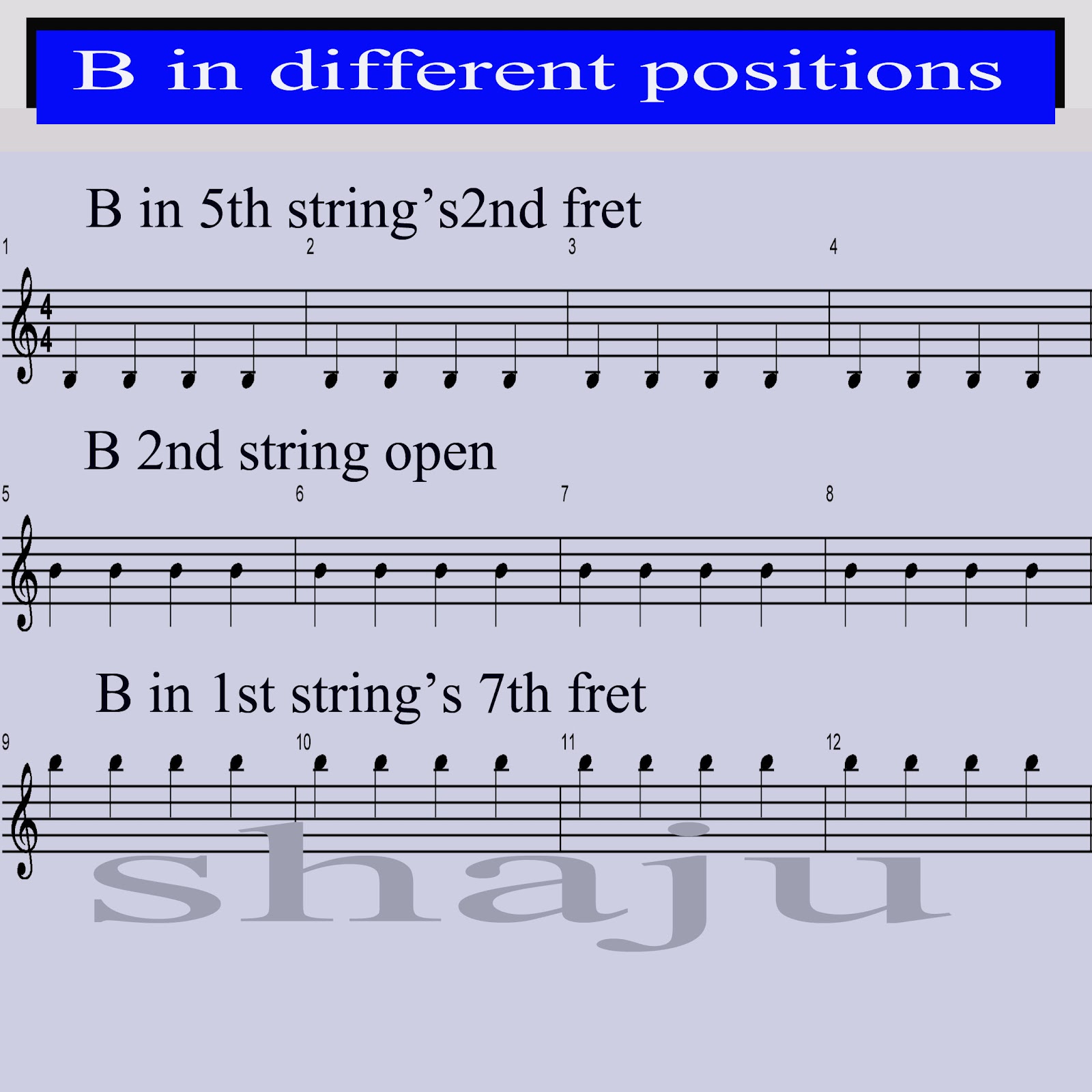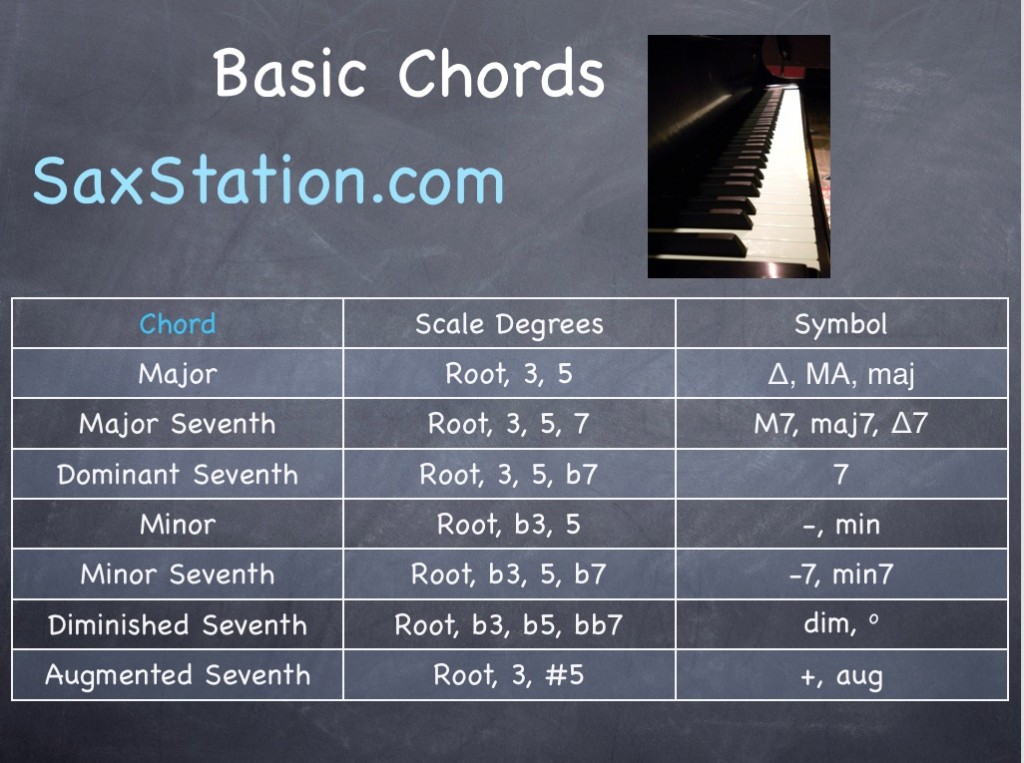


Exit chord symbol mode by pressing Esc.Move the cursor forward or backwards to continue entering or editing chord symbols (see below).For other symbols, see Chord symbol syntax (below).Note that these don't transpose nor play back (other than the root note), nor export to MusicXML properly. Double flat: b b (small letter "b" twice).Double sharp: x (small letter "x") or # (two hash symbols).Sharp: # (hash symbol, Alt+ 3 on a UK keyboard).

Enter the chord symbol just like normal text, as follows: The cursor is now positioned above the staff ready for input.Roman Numeral Analysis (RNA) (MuseScore 3.3 and above): roman numeral plus chord quality eg vi ( wikipedia).Ī-G alphabetical chord name plus chord quality Enter a chord symbol.Nashville Number System (NNS) (MuseScore 3.3 and above): arabic numeral plus chord quality eg 6m ( wikipedia), and.Chord symbol: A-G alphabetical chord name plus chord quality eg Am ( wikipedia), and.Note: To fill measures with slashes, see Fill with slashes or Toggle rhythmic slash notation. I don't think they think "I'm going to play a flat 13th here but rather, hear in their mind what they want to play and know where it is.A chord notation is an abbreviated way of representing musical chord and harmony They both feel the tension and know which notes are needed to create those tensions. Guys like Oscar Peterson or Bill Evans love to target ninths, flat 5ths and flat 13ths. If you want to be a performer, you need to feel them. If you want to be a teacher or composer, you need to know these things. You can either see that as a melody with passing tones, upper and lower neighbors and tension notes or litter your page with melodic appropriate chords such as augmented, flat fifths, 11's, flat 13's, ninths etcetera. Our brains thrive on the resolution, like a sung Amen.Įvery note doesn't have to be chord defined and you can just "throw them away." For example, play an A minor chord in your left hand (A C E) and in your right hand play this line: D B C F D D# E C B F#(lower). It is okay and desirable for the melody or chords to clash with one another. When the melody plays these tension notes, which our brains thrive on because they resolve, you can think of them as passing tones or upper and lower neighbor notes. Think of the chords as a bed or cradle and the melody weaves around it like a humming bird darting about flowers.


 0 kommentar(er)
0 kommentar(er)
